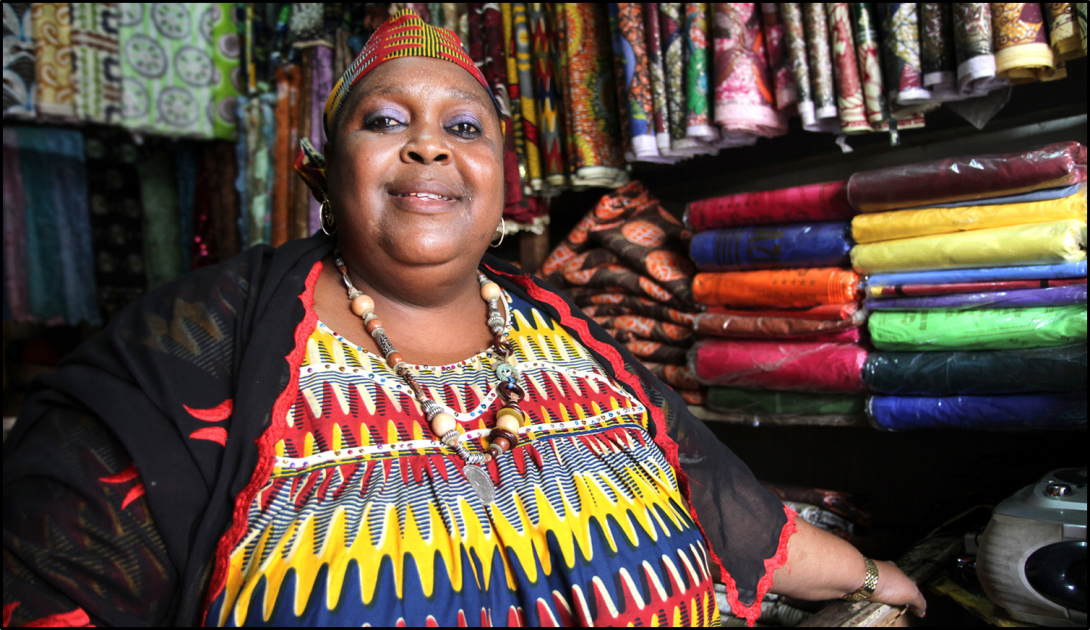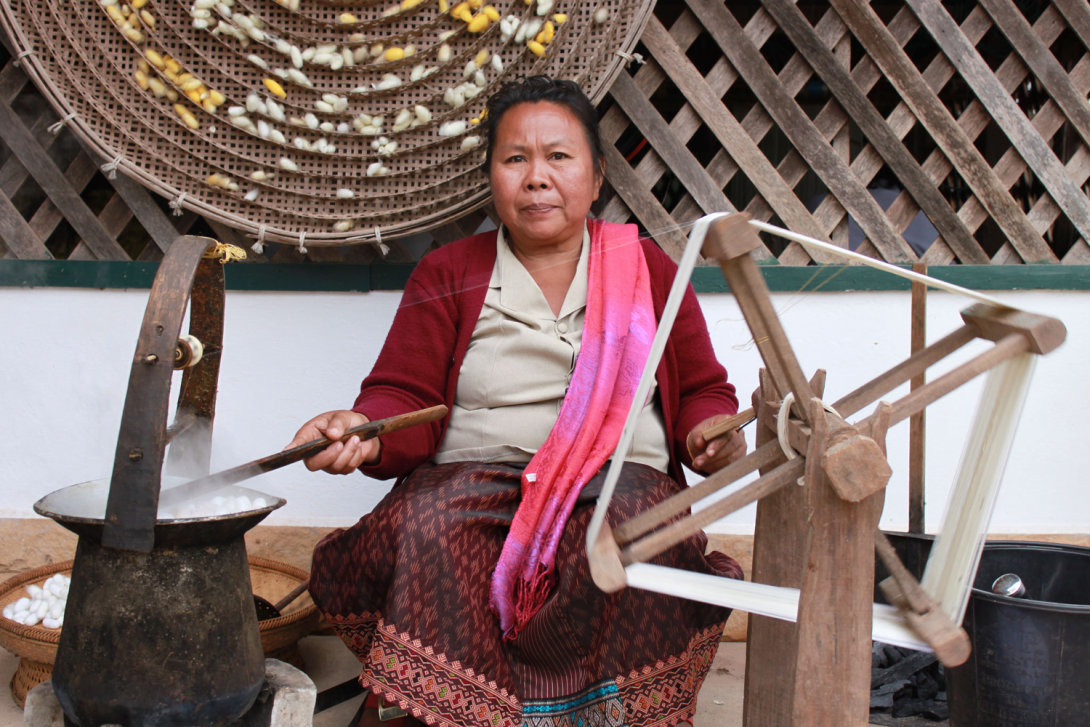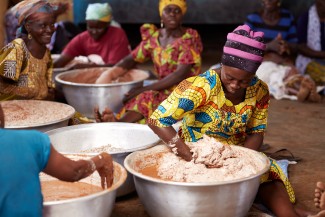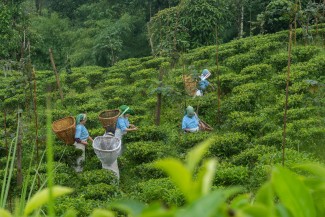Studies show benefits of a more inclusive economic model
Originally published in International Trade Forum
Let us go back 12 years, to when the Aid for Trade Task Force was created. Gender was written into the initiative’s guiding principles: "Aid for trade should be rendered taking full account of the gender perspective. Donors and partner countries jointly commit to the harmonization of efforts on issues such as gender."
Fast forward to today. It turns out that momentum on gender has been building. Some 87% of Aid for Trade donors surveyed for the Aid for Trade Global Review in 2017 have integrated women’s economic empowerment into their Aid for Trade programmes. Similarly, most of developing countries believe the programme can meaningfully contribute to women’s economic empowerment. All surveyed countries and Aid for Trade donors consider that it contributes to the achievement of the 2030 Agenda for Sustainable Development.
While momentum is growing, a lot remains to be done. We also need to do it effectively.

WOMEN’S TRADE CAPACITY
Supporting the participation of women in international trade is one of its key components of the inclusive trade solutions many governments want to employ. Through Aid for Trade, the World Trade Organization (WTO) has been focusing on women with the aim of building their trade capacity and using trade as a tool for their development.
Past Global Reviews have highlighted a broad range of areas in which Aid for Trade support is effective.
Some of the results show $1 of Aid for Trade is worth $20 of exports. That dollar has a positive, although implicit, impact on women’s economic empowerment because Aid for Trade is a tool for women’s development. As the initiative matures its impact is becoming increasing clear.
"Some of the results show of Aid for Trade is worth of exports."
Anoush der Boghossian, WTO Focal Point on Trade and Gender
Since 2011 Aid for Trade has increasingly focused on women’s empowerment and through the global survey – one of the WTO’s main monitoring processes – we have a better perspective on policy trends related to development and women’s empowerment.
Gender was specifically addressed at the 2011 Aid for Trade Global Review, which highlighted a virtuous circle of efforts to improve women’s economic empowerment through trade capacity building.
Launched at the 2015 Global Review, ‘The Role of Trade in Ending Poverty’, joint WTO-World Bank Group publication, analysed how trade integration can positively impact women’s economic empowerment. One strong conclusion was that high trade costs fell heavily on least developed countries (LDCs), particularly on their small and medium-sized enterprises (SMEs) and also on women traders. This higher cost prices them out of international trade.
The 2015 Global Review also reported on impacts in female employment and examined how to include women into value chains and barriers facing women traders, especially in Africa.
Gender was a cross-cutting issue within the 2016-2017 Aid for Trade work programme. The latest edition of the Aid for Trade at a Glance report launched at the Global Review in July 2017 has a plethora of information and analysis on this critical issue. The report clearly highlights the divides that prevent women from fully reaping the benefits of international trade.
These divides still exist and persist: in accessing the information and skills needed to export; in accessing and using of technology for global and regional value chain integration; in owning and managing firms. These are divides that can and are being addressed by Aid for Trade programmes. Developing countries are making progress in integrating gender perspectives into trade and development programming.

DIGITAL GENDER DIVIDE
The new Work Programme 2018-19 will go deeper into the issue and, among other topics, will focus on young women, women-owned firms and the digital gender divide.
Aid for Trade is geared up for women’s empowerment. To be sure that we are making a difference, we need data to track the impact of trade on women. There is insufficient information in that regard and we need to understand the links between trade and gender. For this purpose, the WTO and the Organisation for Economic Co-operation and Development are currently working to assess how Aid for Trade has benefited women in the past 10 years.
Similarly, the WTO is now partnering with the World Bank to undertake a deep and comprehensive publication on this issue, generating new data in this field. This is a very complex issue because it implies combining economic analysis with an understanding of the different national and regional contexts. The Aid for Trade monitoring exercise can potentially help here by tracking national policy trends and understanding the role of the private sector.
We are moving forward, making Aid for Trade work for women and ensuring it becomes a springboard for their economic empowerment. The question today is not if Aid for Trade provides economic opportunities for women, it is for how many it provides them. Determining how we can do more to make a difference is the challenge we need to take up.
---------
Anoush der Boghossian is a WTO Focal Point on Trade and Gender working in the Development Division.
Header image of women in Niamey, Niger - ©Ollivier Girard/EIF
If you would like to reuse any material published here, please let us know by sending an email to EIF Communications: eifcommunications@wto.org.


